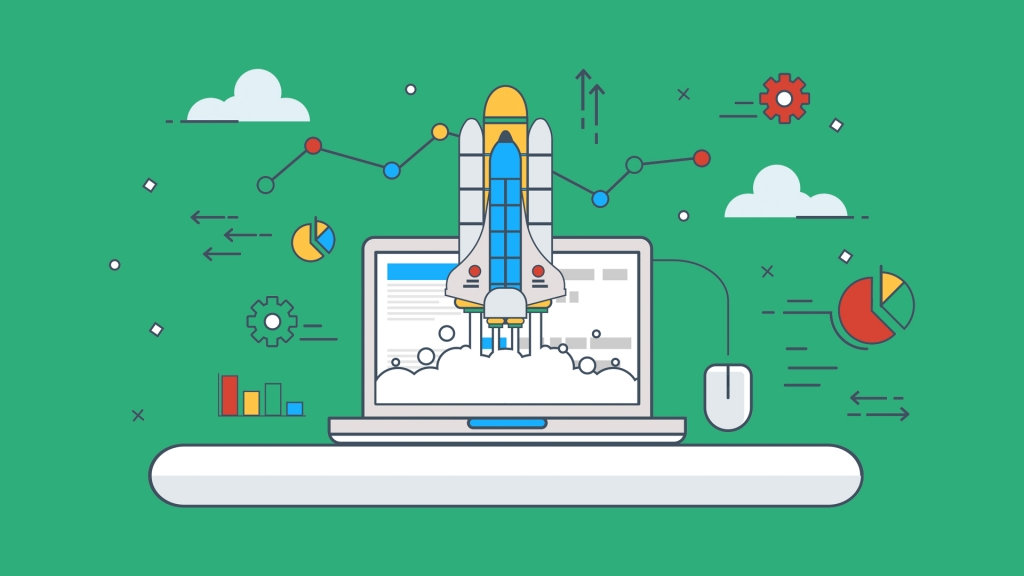Research conducted by the Aberdeen Group shows that WordPress Speed Optimization is of the utmost importance as far as conversion is concerned. Even the slightest delay in page loading time (1-second delay) could and does lose your views as well as reduce customer satisfaction on your website. To speed up your WordPress website is significant because that 1-second page load delay results in the following:
- 11% fewer views on your pages.
- 16% customer satisfaction decrease.
- 7% conversation loss.
There is no doubt about it, you need to speed up your WordPress website if you want to see better results from customer satisfaction and conversion. Which leads to the question, how do you speed up your website to improve conversion?
Tips to Speed Up Your WordPress Website
Find the right host
It is often best to start fixing things from the ground up. Hosting is the bedrock of any good website. You need to find someone who offers you excellent speeds, space, no downtime and preferably, someone who specializes in hosting WordPress website. Hosting companies like WP Engine, WPlook Hosting have what it takes to ensure that your WordPress website is always up and running give you excellent speeds.
Keep your WordPress website updated
Keeping your website’s content fresh and relevant is a great way to stay evergreen. Keeping it updated as far as WordPress versions are concerned is an excellent way to ensure that it works properly. Make sure to install the latest plugin and theme updates as well. These updates lock out any potential malware and vulnerabilities that can really slow down your website.
Minimize HTTP requests
About 80% of your page load time will be spent downloading the different elements within the page such as scripts, images, stylesheets and so on. An HTTP request is made for every single one of these elements, so it goes to reason that the fewer those requests are the faster your page would load. Here is what you need to do:
- Combine several stylesheets into one.
- Streamline the elements on every page.
- Instead of images, try using CSS.
- Put your scripts at the bottom of the page.
Try and make your website as clean as possible to minimize HTTP request and increase speed.
Enable compression
High-quality content is heavy (100kb plus). This makes them slow to load. But since you cannot compromise on the quality of content offered on your site, the next best thing is to compress that content to enable faster loading. By using a compression software such as GZip you can successfully reduce the bandwidth and HTTP response of your pages thus helping them load faster.
Optimize your images
When it comes to images, three things matter the most: size, src attribute, and format. Use image editing tools to reduce the size (reduce color depth and remove image comments), avoid empty src codes because the browser will make an additional request to the page directory which creates more traffic when it comes to formatting, JPEG is your best bet.
Use plugins selectively
Having too many plugins on your page only go towards creating security issues, causing unnecessary crashes and a host of other technical difficulties. Try deactivating all the plugins you find unnecessary and then weed out any remaining plugins that could be slowing you down.
Use a CDN (Content Delivery Network)
With a CDN your site will be distributed across several servers and your viewers will get a response from the server that is closest to them thus improving the speed of delivery.
Minify your files
After you have minimized the number of files, the next thing you need to do is to ensure that those files are as small as they can be. This is called minification. This process gets rid of all the unnecessary spaces and comments that make it easier for humans to digest but make no difference to bots. You can use the WP-Rocket to do this automatically.
Turn off pingbacks and trackbacks
As nice as it might be to know when someone is linking to your content, these pingbacks and trackbacks are just another way to increase your loading time. Try turning them off to minimize the number of resources needed to load your pages.
Keep an eye on your load speeds
It is difficult to streamline your website’s load speed if you do not know it is happening. But since you cannot spend your days refreshing your own website, you need to automate this monitoring process. You can use GTmetrix or Pingdom to send you alerts when your site is getting slow.
Many of these tips are easy enough to implement but some might require a little technical assistance. Always be on the lookout to ensure that your website loading speeds are up to par if you are to improve conversion.
If you need to improve the speed and performance of your WordPress site, to improve the results and to optimize your PageSpeed Score to at least 90% make sure to contact us and we’ll do our best to achieve the desired results.
Learn More abouyt Speed Optimization Service